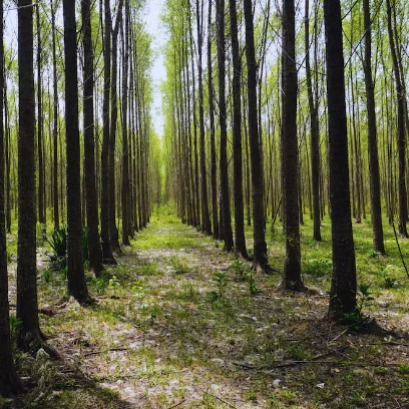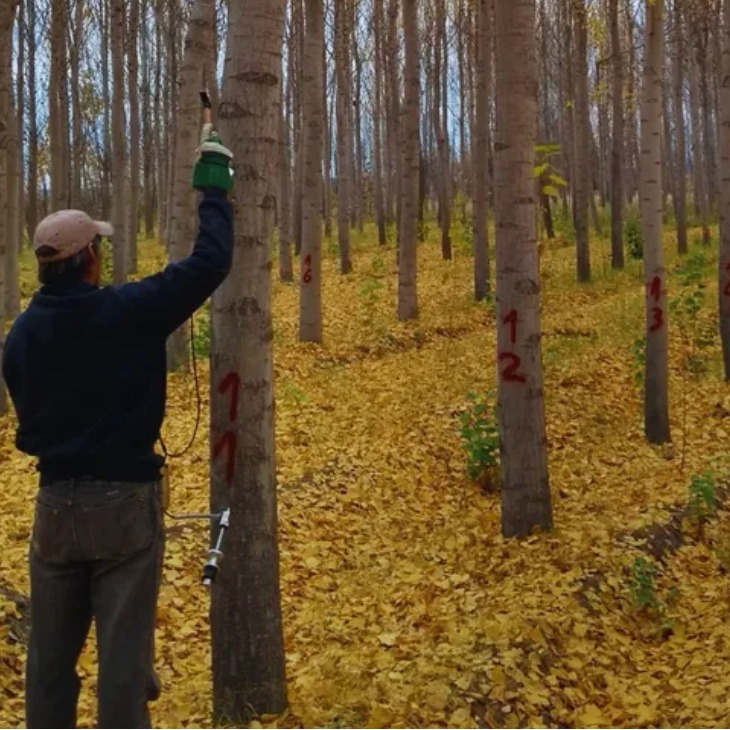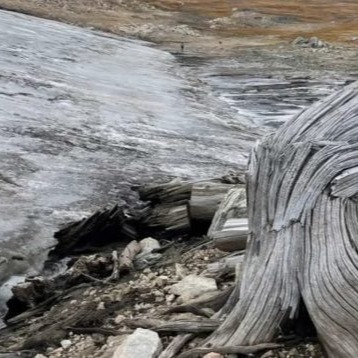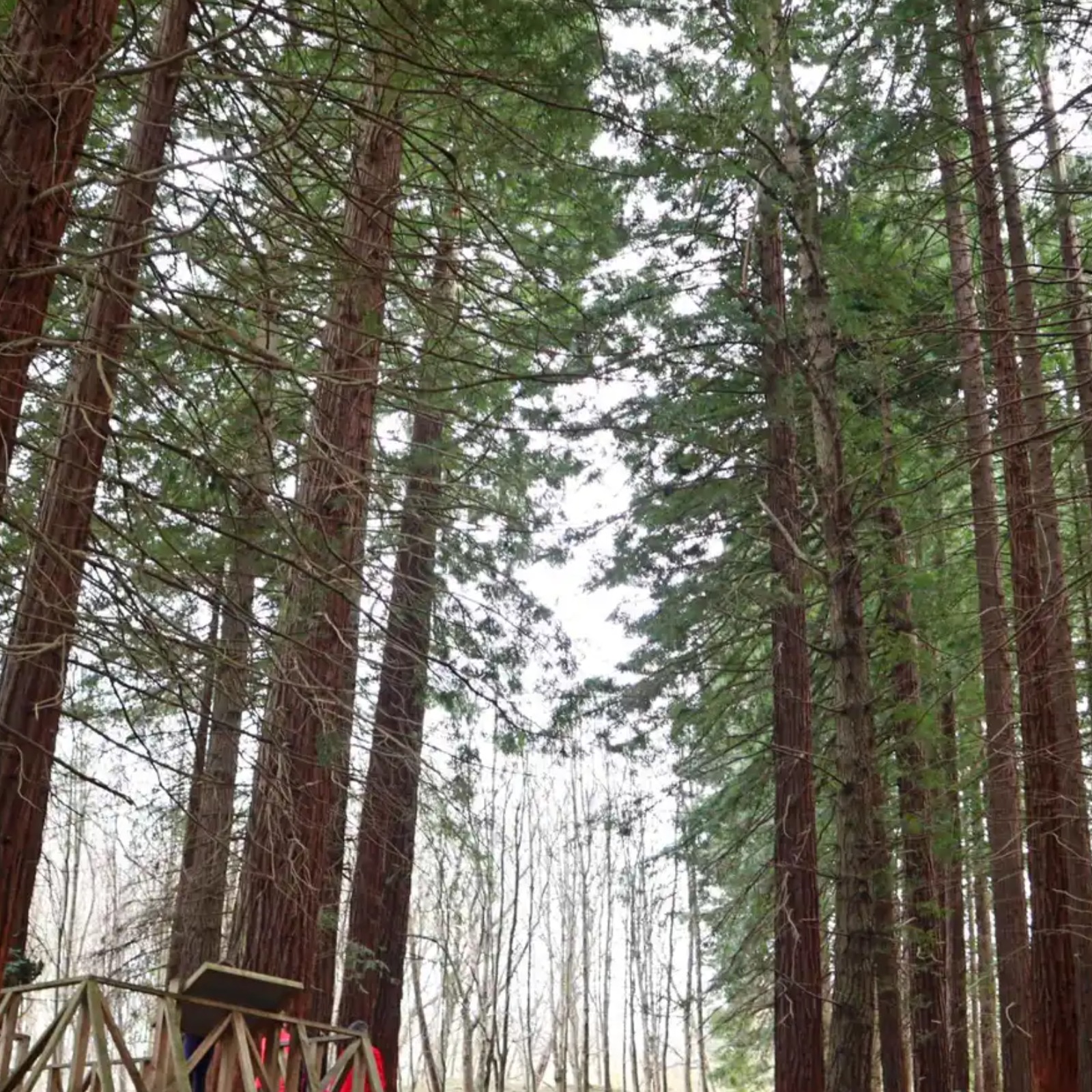
Forest Innovation: New Sauce clones drive the timber industry
A technological development based on genetic improvement allows to increase productivity, reduce harvest times and strengthen the sustainability of production in the Paraná Delta
The Delta del Paraná is the epicenter of the production of willows in Argentina, and in that scenario, where the willows dominate the landscape and support one of the main productive chains of the country, a technological advance marks a before and after. Seis new clones developed by the INTA, in alliance with the private sector, combine quality, versatility and a production potential greater than traditional materials. This innovation not only strengthens the forestry industry, but also opens the path to a more efficient and sustainable forestry. Sauce and its key role in the industry Sauce (Salix spp.) It is a fundamental species in the forest economy of the Delta del Paraná. Its wood, appreciated for its whiteness, density and fiber quality, is key to the manufacture of paper and packaging. For more than two decades, INTA develops improved clones with higher attributes in growth, health and quality of wood. Now, with the industrial validation of six new clones ?Carapachay INTA-CEEF, the INTA-CIEF stream Paper, but they exceed it in the growth rate and righteousness of the shaft. This translates into greater productivity and efficiency in the use of wood. Sauce (Salix spp.) It is a fundamental species in the forest economy of the Delta del Paraná. Its wood, appreciated for its whiteness, density and fiber quality, is key to the manufacture of paper and packaging (INTA)
IT MAY INTEREST YOU
 In Patagonia Norte they evaluate the quality of the wood of Álamos
In Patagonia Norte they evaluate the quality of the wood of Álamos
A study of INTA determined that the wood of poplars produced in the northern valleys of Patagonia has characteristics for its use in construction.
 Unusual finding: a pine forest in excellent condition emerges after 6,000 years buried under the ice
Unusual finding: a pine forest in excellent condition emerges after 6,000 years buried under the ice
In the world there are millions of forests. Some are close to urban centers, others in remote and inaccessible places, but they all fulfill a key role: maintain the balance of the planet. They are literally the lung of the earth. When talking about a new forest, the first thing that comes to mind is usually reforestation, a recent plantation or the recovery of an area razed by fire. But this discovery is on another way. It is not a forest sown recently. It is an old forest, which was there for thousands of years, buried under the ice. And now, with the thaw caused by global warming, he has emerged again.
 The magical forest with the highest trees in the world is in Cantabria
The magical forest with the highest trees in the world is in Cantabria
The Sectuoyas Park of Cabezón de la Sal has 850 trees and is a plan to enjoy a day of nature and green silence





















